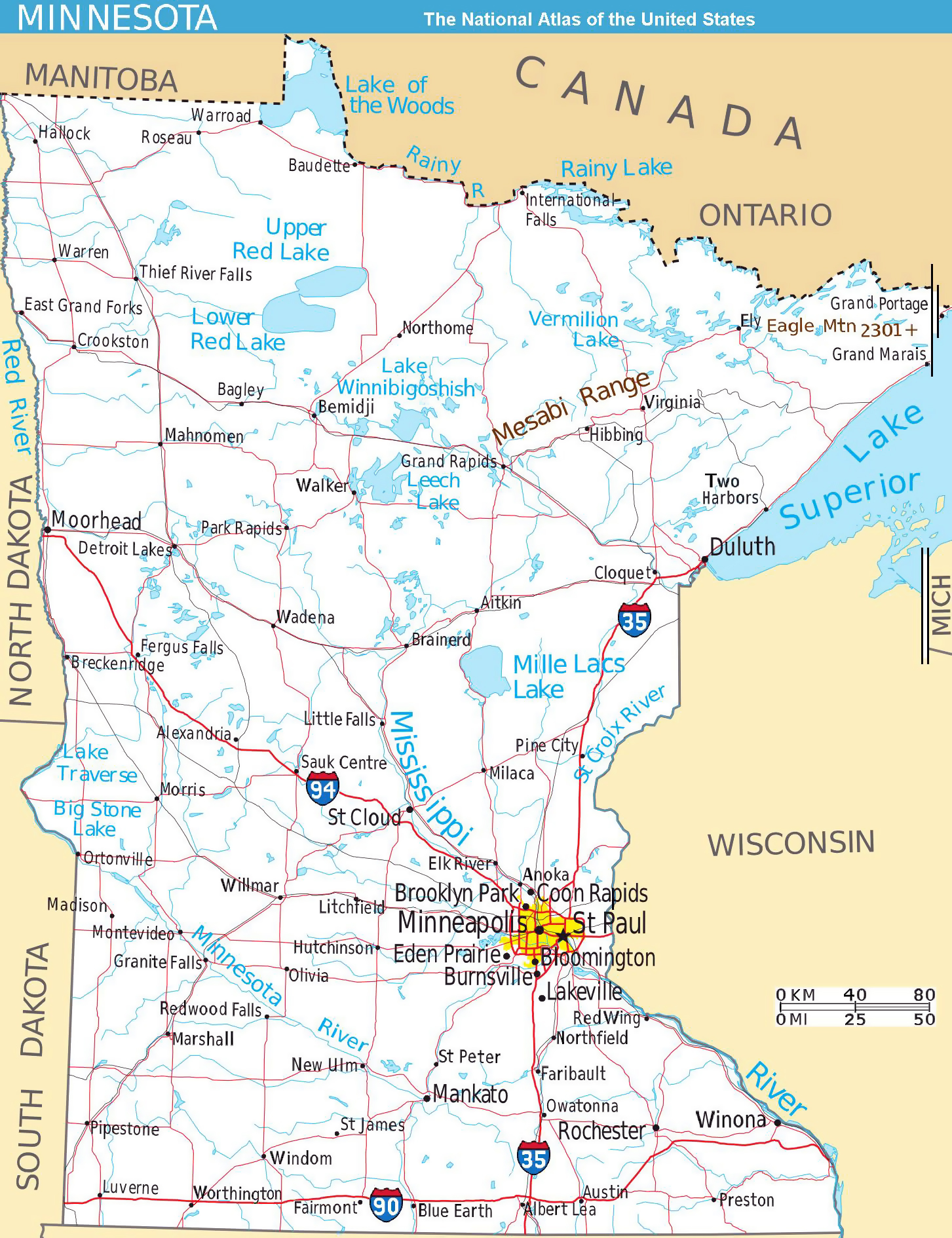In a significant move towards a greener future, Minnesota regulators have recently given the green light to over 475 megawatts of new solar and storage projects. This decision marks a crucial step in the state’s commitment to ramping up its renewable energy capacity.
Imagine this – vast fields adorned with glistening solar panels harnessing the power of the sun, generating clean and sustainable electricity for homes and businesses. This approval not only signals a shift towards cleaner energy sources but also highlights the growing importance of energy storage solutions in ensuring a reliable power supply.
“Renewable energy projects like these play a vital role in reducing our carbon footprint and transitioning towards a more sustainable energy landscape,”
says an industry expert, emphasizing the significance of such initiatives in combating climate change.
The push for renewable energy is not just about meeting current needs; it’s about paving the way for a more resilient and flexible energy infrastructure. With increasing concerns about climate change and environmental impact, finding innovative ways to integrate clean energy sources into our existing grid systems is imperative.
As we look to the future, one question looms large – how can data centers, notorious for their high energy consumption, adapt to embrace cleaner and more flexible energy solutions? The answer lies in technological advancements that allow for greater efficiency and agility in managing power demands.
One key aspect of this transition is incorporating energy storage capabilities within data centers. By leveraging advanced battery technologies, data facilities can store excess solar power generated during peak hours and use it during periods of high demand or when sunlight is scarce. This not only reduces reliance on traditional fossil fuel-based power but also enhances operational flexibility.
“Data centers are increasingly recognizing the importance of sustainability in their operations. Embracing solar and storage solutions not only helps them reduce their environmental impact but also provides long-term cost savings,”
highlights an industry insider familiar with clean technology trends.
Moreover, by adopting smart grid technologies and implementing demand response strategies, data centers can optimize their electricity usage based on real-time conditions. This dynamic approach not only contributes to overall grid stability but also allows companies to participate in demand-side management programs that incentivize efficient power utilization.
The recent regulatory approval for new solar and storage projects underscores a broader global trend towards embracing renewable resources as primary sources of electricity generation. It reflects a growing awareness among policymakers, businesses, and consumers about the benefits of transitioning towards cleaner energy alternatives.
In conclusion, as we witness Minnesota regulators taking bold steps towards expanding green energy initiatives, it serves as a beacon of hope for a more sustainable tomorrow. By fostering innovation, investing in renewables, and promoting flexibility in our energy systems, we inch closer to building a greener world for generations to come.









Leave feedback about this